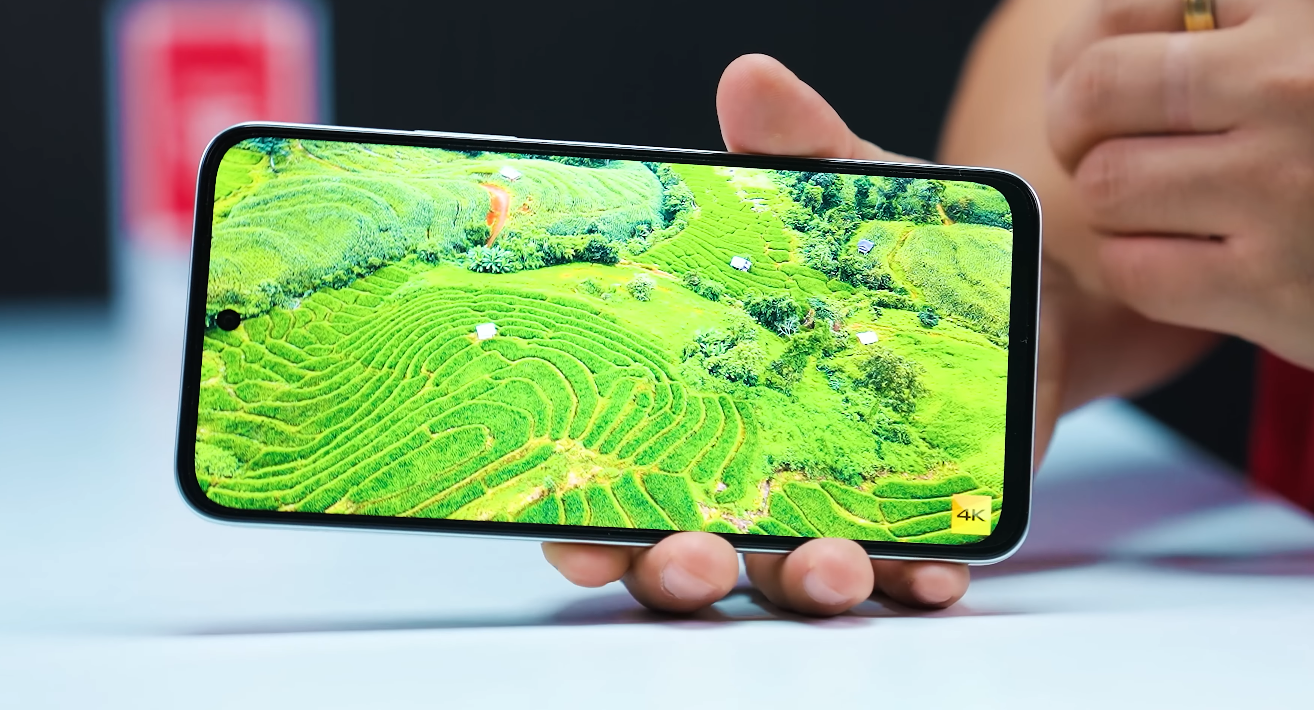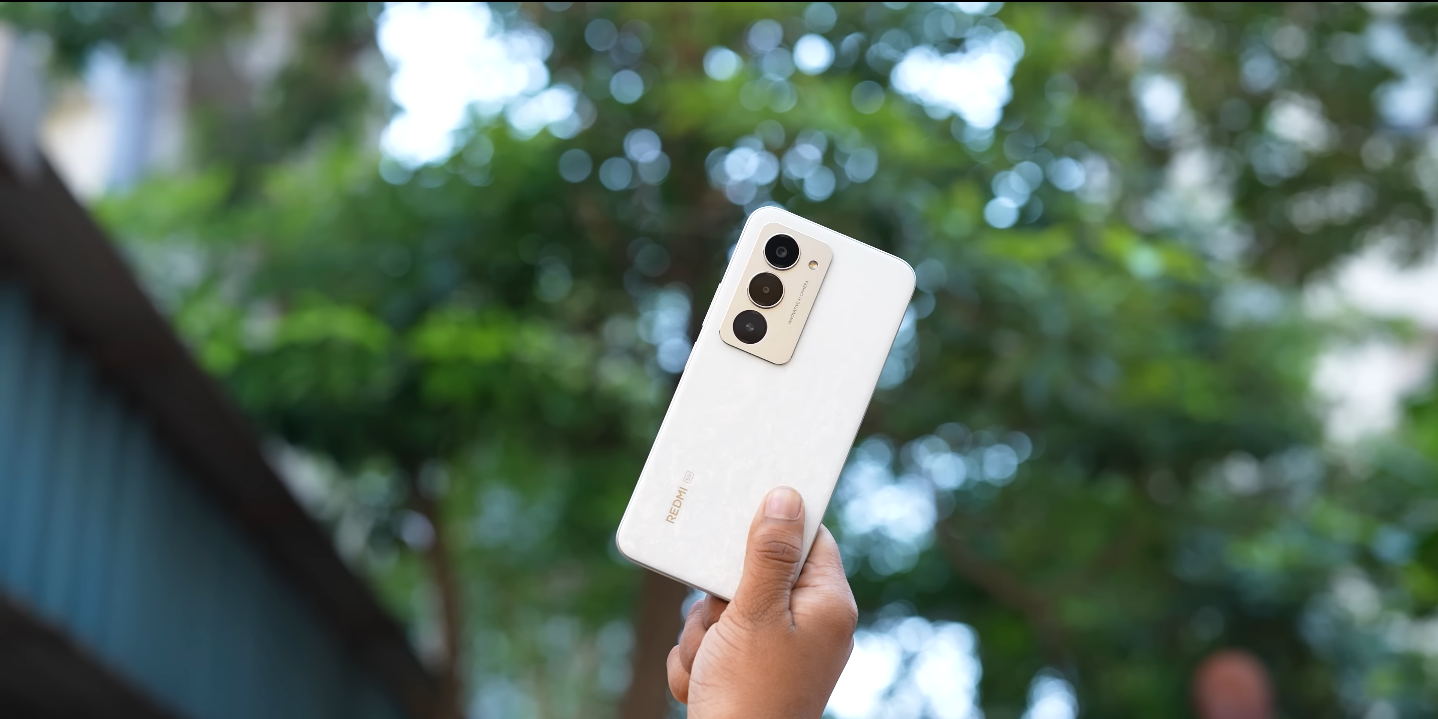Redmi 15 vs flagship from 2 years ago: which gives more now?

Can a new budget phone beat an older flagship in 2025?
The Redmi 15 is Xiaomi’s latest entry in the budget lineup, offering impressive specifications at a low price. But for many UK buyers, the question is whether a brand-new mid-range phone like this offers more practical value than a flagship device from two years ago. In real-world use, the answer depends on what you prioritise — performance, display, camera, or endurance.
The Redmi 15 brings some of the most generous hardware in its segment. It features a 6.9-inch Full HD+ display with a 144Hz refresh rate, a Snapdragon 685 processor, and a massive 7,000mAh battery supported by 33W fast charging. Its design is modern, lightweight, and functional, and it ships with HyperOS 2 based on Android 15. For everyday UK use, this means reliable multitasking, long battery life, and up-to-date software.
By contrast, a flagship from 2023 — like the Samsung Galaxy S22, OnePlus 10 Pro, or iPhone 13 — still holds strong in performance and premium build quality. These phones boast faster chipsets, AMOLED or OLED displays, higher brightness levels, and superior camera systems with optical image stabilisation and dedicated sensors. Even two years later, their processing power and camera capabilities remain better than most budget models.

However, the Redmi 15 counters with battery efficiency and newer software. Its 7,000mAh cell easily doubles the endurance of most older flagships, many of which have batteries around 4,000–4,500mAh and may have experienced capacity loss with use. For users prioritising reliability and long standby times, the Redmi’s endurance is a huge advantage, especially in daily UK commuting conditions.
Display quality is a key point of comparison. The Redmi 15’s LCD panel with a 144Hz refresh rate offers smooth scrolling and fluid gaming, but older flagships still outperform it in brightness, contrast, and colour accuracy. An OLED panel from a 2023 flagship delivers deeper blacks and better outdoor visibility, making it the more visually appealing option for content consumption.
Performance-wise, older flagship chipsets like Snapdragon 8 Gen 1 or Apple’s A15 remain significantly faster than the Redmi 15’s Snapdragon 685. Heavy tasks such as video editing, high-end gaming, or multitasking are smoother on those older devices. But for casual use — social media, messaging, and streaming — the Redmi 15 performs without noticeable lag.
Camera quality remains one of the biggest differences. The Redmi 15’s 50MP main sensor captures good photos in daylight but lacks the dynamic range, low-light clarity, and zoom capabilities of older flagship systems. Flagship models from two years ago continue to produce sharper, more natural photos, aided by advanced image processing and better optics.
Another key advantage for the Redmi 15 is software support. It launches with Android 15 and will receive updates for several years, while older flagships may be nearing the end of their official update cycle. This gives the Redmi 15 better long-term security and feature compatibility, which is important for everyday users in 2025.
In the UK market, pricing seals the deal. The Redmi 15 costs around £159, while even refurbished older flagships often exceed £300. For budget-conscious users, the Redmi offers incredible day-to-day usability, long battery life, and fresh software at half the cost.
Ultimately, the Redmi 15 gives more in terms of practicality, endurance, and affordability, while a two-year-old flagship still leads in power, display, and camera performance. If you want premium polish and raw performance, an older flagship still shines. But if you value modern features, longevity, and unbeatable battery life for less money, the Redmi 15 easily offers more now.






